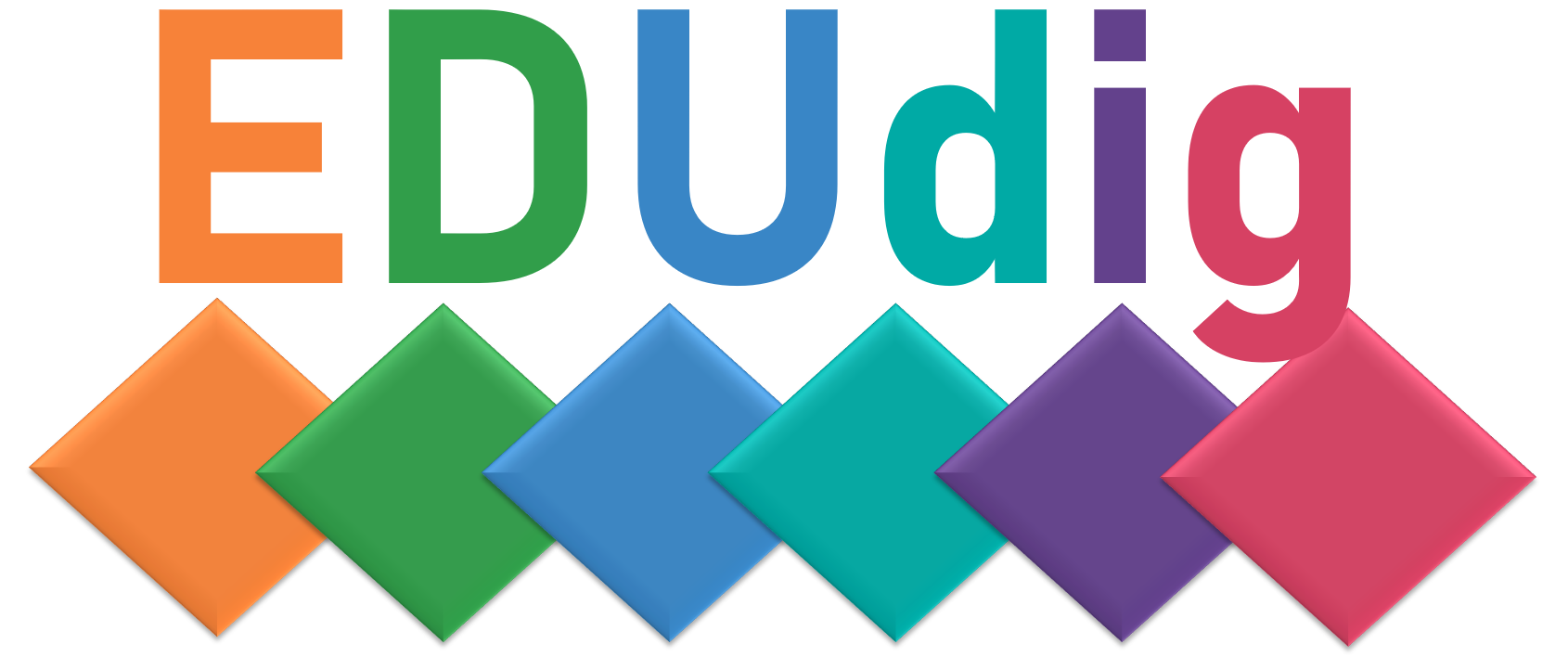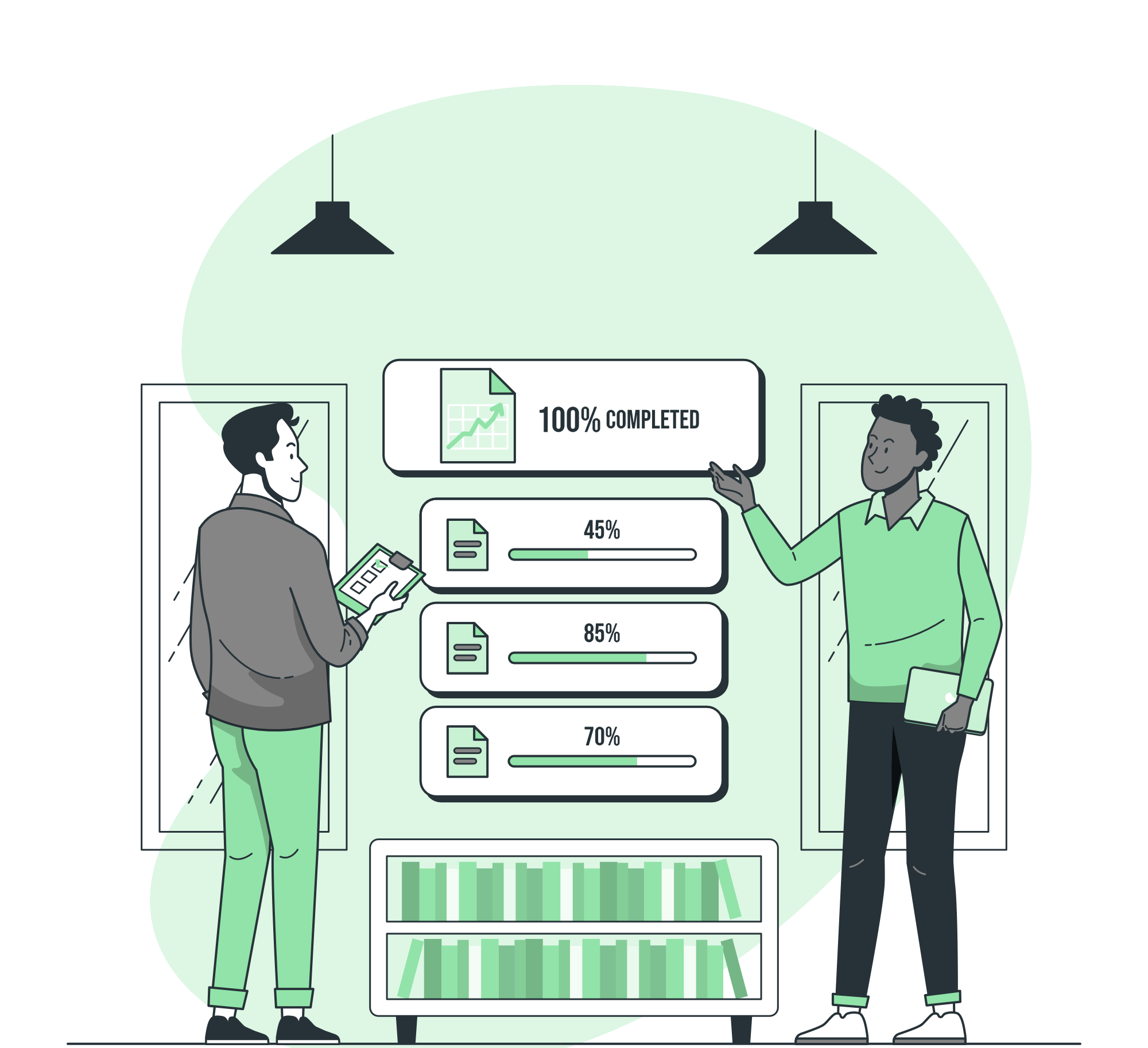Training
4. Collaborative Online International Learning (COIL)
4.1 About this chapter
Collaborative Online International Learning (COIL) is a type of online educational collaboration that involves students and educators from different countries working together on joint projects, assignments, or courses. COIL uses digital technologies to facilitate cross-cultural and intercultural communication and collaboration, allowing students to learn, while considering the perspectives of other cultures and also developing their digital and intercultural competencies.
COIL can take many different forms, including virtual exchanges, joint online courses, and project-based collaborations. COIL collaborations can be integrated into traditional classroom settings or delivered as standalone online courses. The aim of COIL is to provide students with an international and intercultural learning experience that helps them to develop the competencies and knowledge needed to succeed in a globalized world.
In this chapter, the concept of Collaborative Online International Learning (COIL) and its implications are explained, highlighting COIL benefits for the learning process. Besides, a brief overview of the main phases that compose the life cycle of a COIL project will also be presented; thus, providing practical guidelines for their design and operationalisation.
The main goal of this chapter is to ensure that trainees can achieve the following learning goals:
- Identify the benefits and main constraints of COIL;
- Describe the life cycle of COIL projects;
- Design a COIL project.
The design and creation of a COIL project depends on the level of affinity and familiarity with the COIL project partner, as this work is intended to be collaborative. Ideally, the design process can be broken down into a shared document in a 2h joint session, in which partners will provide further input over 1 week at their own pace. The process ends with the stabilization of the COIL project’s guidelines, which are to be shared (and eventually negotiated) with the students after the presentation of the project.

